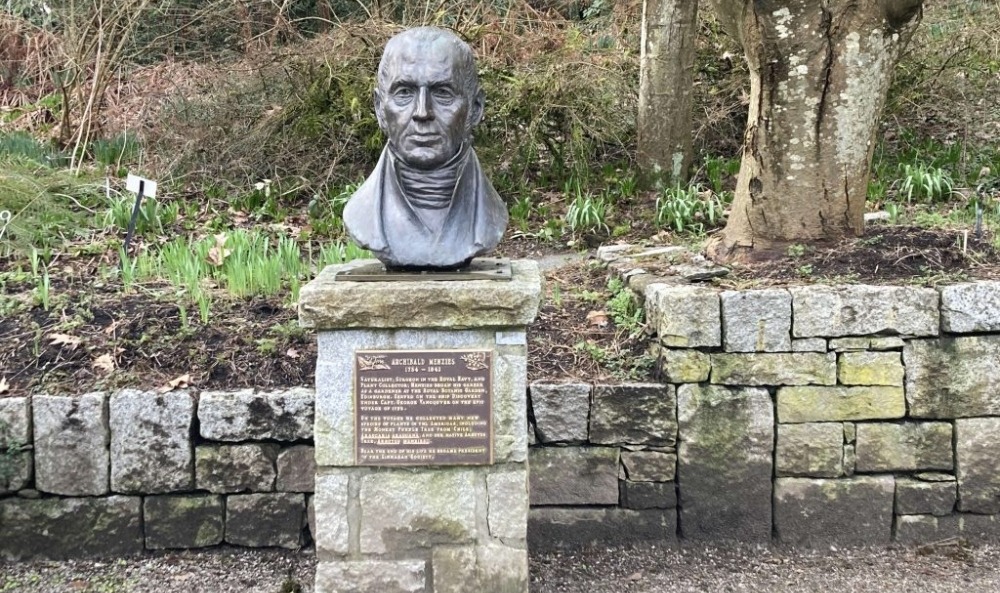Early pioneers were not overly concerned about their health. Folk and Native medicines, poultices, mid-wives, or a sip of corn liquor usually treated common illness. Also, there was little local knowledge of germs or unsanitary conditions.
Perhaps the first trained doctor to spend time in the Pacific Northwest was Archibald Menzies. A graduate of the Medical College of Aberdeen, Scotland, Menzies arrived offshore with English Captain George Vancouver in 1790.
Next was Dr. John McLoughlin, remembered for his white mane and array of duties as Chief Factor of the Hudson’s Bay Company at the mouth of the Columbia River. For over 20 years McLoughlin was accepted by others as the physician of the new Oregon Country.
In 1833, William Fraser Tolmie brought surgical instruments and “modern” remedies to Fort Vancouver. Also employed by the Hudson’s Bay Company, Dr. Forbes Barclay kept careful records of health conditions in the Oregon Country. For example, Barclay noted the local appearance of dysentery in 1844 and measles in 1847.
Dr. Marcus Whitman, in the Walla Walla area, removed an arrowhead from the back of Mountain Man Jim Bridger in 1835. However, Whitman’s sometimes unsuccessful treatment of Cayuse Indians may have led to his violent death by Natives in November 1847.
Puget Sound settlements witnessed the 1852 arrival of Dr. David S. Maynard, a founder of Seattle, and remembered by some as a frequent sampler of alcoholic nostrums in his medicine cabinet. Also in the 1850s, Drs. Henry A. Smith and J.S. Kellogg plied their trade, often by canoe, throughout the area.
The 1874 organization of the Medical Society of Washington Territory did not stem the rising tide of so-called patent medicines. Often liberally laced with opium and alcohol, such nostrums as Kickapoo Indian Sagwa, Hamlin’s Wizard Oil, the Balms of Gilead, Anodyne Cordials, and Swamp Root offered “cures” for a wide array of maladies. In 1906 muckraking journalist Samuel Hopkins Adams wrote a series of articles for Collier’s Magazine debunking the production and use of local patent medicines as “The Great American Fraud.”
Pacific Northwesterners were as impressed with colorful curatives as Americans everywhere. In fact, the manufacturers of such balms liked natural-sounding names that included words such as “vegetable,” “Indian,” or “Quaker” in their titles. For example, Donald McKay was a purveyor of something called “Indian Worm Eradicator.” It was manufactured by McKay’s outfit, the Oregon Indian Medicine Company. McKay had been raised in Umatilla, Oregon, and was therefore familiar with Columbia River lore.
Legend states that McKay may have met his death in a duel with Kit Carson. However, other rumors indicate that he was later found peddling medicines made from roots provided by “old Indian women of the Modoc and Nez Perce Tribes.” One of those palliatives was called “War Paint Ointment”; another was known as “Warm Springs Consumption Cure.”
Today, great medical schools at the University of Washington, Seattle’s Fred Hutchinson Cancer Research Center, and Children’s Hospital have made the old-time balms of John McLoughlin and the Native Worm Eradicator into quaint, dim memories.
Discover more from Post Alley
Subscribe to get the latest posts sent to your email.
